AI Agent vs chatbots: Is it evolution or just minor improvements?
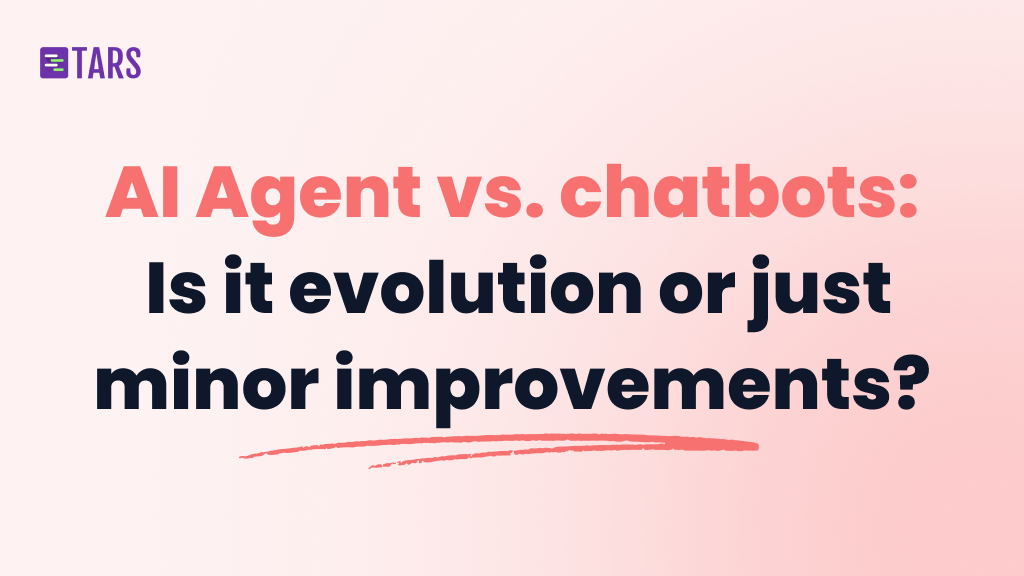
Here’s something that happened to one of our team members last week: trying to reschedule a flight through an airline’s chatbot. Simple request, right? Wrong. After twenty minutes of clicking through menus that led nowhere, they gave up and called the support line. The human agent fixed everything in two minutes.
This isn’t just our personal frustration it’s the story of millions of customers who’ve been trapped in what we call “chatbot hell.” And frankly, it’s embarrassing that we’ve collectively accepted this as normal.
But here’s what’s interesting: that same airline recently upgraded to an AI Agent system. When our team tried it last month, the difference was night and day. Instead of forcing users through rigid menus, it actually understood what was needed and solved the problem in one conversation.
This shift from chatbots to AI Agents isn’t just a tech upgrade—it’s the difference between automation that frustrates customers and automation that actually helps them. And if you’re running a B2C company, understanding this difference could make or break your customer experience strategy.
At Tars, we’ve lived through this evolution. We started as a chatbot platform because that’s what the technology allowed. But watching customers get stuck in loops we’d inadvertently created? That kept us up at night. So we rebuilt everything from the ground up, focusing on AI Agents that actually understand context and solve problems.
This guide will help you understand why this matters, when each approach works best, and how to choose the right path for your business.
What is a chatbot?
Let’s start with the basics. A chatbot is software that tries to simulate human conversation, usually through text. Think of it as a very sophisticated phone tree that learned to type.
Traditional chatbots work like this: they recognize keywords in your message, match them to predefined categories, and spit out the appropriate response from their script. It’s like having a conversation with someone who can only speak in rehearsed lines.
How chatbots evolved (and why it wasn’t enough)
The first chatbots were painfully simple. Type “hours” and get store hours. Type “return” and get return policy. They were basically glorified FAQs with a chat interface.
Modern AI-powered chatbots got smarter. They started using natural language processing to better understand what you meant, not just what words you used. They could maintain some context within a conversation and even learn from interactions over time.
But here’s the problem: even the smartest chatbot is still fundamentally limited by its original design. It’s trying to fit every customer conversation into predetermined boxes. And real conversations? They don’t fit in boxes.
What chatbots do well
We’re not here to trash chatbots entirely. They’re actually quite good at specific things:
Handling repetitive questions at scale: If 80% of your customer inquiries are “What are your hours?” or “How do you track my order?”, chatbots excel here. They give consistent answers, never get tired, and can handle thousands of conversations simultaneously.
Collecting basic information: Need to gather contact details, qualify leads, or collect feedback? Chatbots are efficient at structured data collection when the required information is straightforward.
Always-on availability: Your chatbot doesn’t need coffee breaks, sick days, or sleep. For businesses serving global customers across time zones, this 24/7 availability is genuinely valuable.
Where chatbots fall short (and why customers hate them)
The loop problem: This is the big one. When customers ask something that doesn’t fit the predetermined script, they get trapped. We’ve seen people spend twenty minutes trying to explain a simple request to a chatbot that keeps offering the same unhelpful menu options.
No real memory: Most chatbots treat every conversation like meeting you for the first time. You could have talked to their system yesterday, but today you’re starting from scratch. This makes every interaction feel impersonal and inefficient.
Terrible with nuance: Real customer problems are messy. A customer might want to return an item because it doesn’t fit, but also because they ordered the wrong color, and oh, by the way, they’d like to exchange it for something completely different. Good luck explaining that to a traditional chatbot.
Frustration amplification: When chatbots don’t work, they don’t just fail neutrally—they actively annoy customers. There’s something uniquely maddening about being stuck in a loop with a system that seems almost smart enough to help but isn’t quite there.
What is an AI Agent?
An AI Agent is different. Instead of following scripts, it thinks. Well, not literally—it’s still software. But it processes information more like humans do: understanding context, remembering previous conversations, and working toward actual solutions.
Here’s how we explain the difference: a chatbot is like talking to someone who can only respond with phrases from a predetermined list. An AI Agent is like talking to someone who actually listens, understands your situation, and figures out how to help.
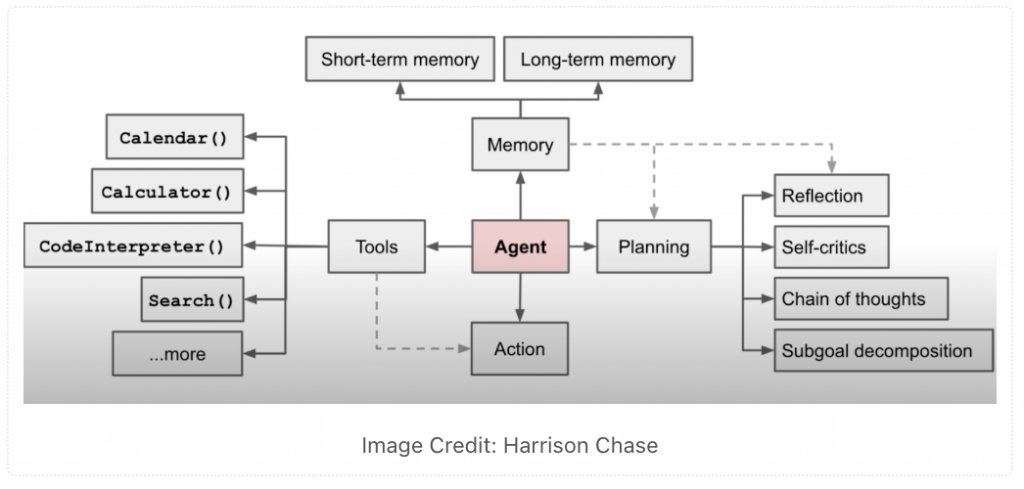
How AI Agents actually work
AI Agents use large language models (the same technology behind ChatGPT) combined with access to your business systems and data. When a customer asks a question, the Agent:
- Understands the full context of what they’re asking, including nuance and subtext
- Remembers previous interactions to provide personalized responses
- Accesses relevant information from your knowledge base, customer records, or other systems
- Generates a contextual response designed to actually solve the customer’s problem
- Takes actions like updating records, processing refunds, or escalating to humans when needed
What makes AI Agents fundamentally different
When a customer says “This thing you sent me is garbage, and we want our money back,” an AI Agent understands this is a refund request from an unhappy customer. It can respond with appropriate empathy while working toward a resolution.
Instead of just providing information, AI Agents can take action. They can process returns, update account information, schedule appointments, or escalate issues to the right human team member with full context.
Every interaction helps the AI Agent understand your customers better. It learns which solutions work, how to communicate more effectively, and which issues need human intervention.
AI Agent vs chatbot: The differences that matter
Let us break down the key differences in terms that actually matter for your business:
Customer experience
Chatbot experience: Customer explains their problem. Chatbot asks them to select from options that don’t quite fit. Customer tries to explain again. Chatbot offers the same options. The customer gets frustrated and either gives up or demands to speak to a human.
AI Agent experience: Customer explains their problem. The Agent understands the context, checks relevant information, and works toward a solution. If escalation is needed, the human agent gets full context and can solve the problem immediately.
Problem-solving capability
Chatbots can answer questions they’ve been trained for. They’re like having a really good FAQ that can chat.
AI Agents can solve problems by combining information from multiple sources, understanding context, and taking appropriate actions. They’re like having a smart customer service representative who never sleeps.
Memory and personalization
Chatbots typically start fresh with each conversation. Even if they remember some details within a session, that memory usually disappears when the conversation ends.
AI Agents build a persistent understanding of each customer. They remember preferences, past issues, purchase history, and communication style. This creates genuinely personalized experiences.
Integration capabilities
Chatbots usually pull static information from your systems. They might tell you an order status but can’t update anything.
AI Agents can read and write across your business systems. They can update customer records, process refunds, modify orders, schedule appointments, and trigger workflows based on the conversation.
Handling complexity
Chatbots work best with simple, straightforward requests. Complexity breaks them.
AI Agents actually get more valuable as requests get more complex. They can handle multi-part questions, understand changing requirements within a conversation, and work through problems step by step.
When to choose chatbots vs AI Agents
Both technologies have their place. Here’s how we think about it:
Choose chatbots when:
Your interactions are genuinely simple: If 90% of your customer inquiries are basic information requests that can be answered with a sentence or two, chatbots might be sufficient.
You need predictable costs: Chatbot interactions typically have fixed costs per conversation. If budget predictability is crucial, this matters.
Your team isn’t ready for complexity: AI Agents require more sophisticated setup and ongoing optimization. If your team doesn’t have the bandwidth for this, start simpler.
You’re testing the waters: If you’ve never used conversational AI, chatbots can be a way to dip your toes in the water before committing to more advanced technology.
Choose AI Agents when:
Customer satisfaction matters more than cost savings: If your brand differentiates on customer experience, AI Agents are usually worth the investment.
Your customers have complex needs: E-commerce stores, financial services, healthcare, travel—industries where customer requests often involve multiple variables and personal circumstances.
You want to drive revenue, not just reduce costs: AI Agents can identify upselling opportunities, provide personalized recommendations, and increase customer lifetime value in ways chatbots cannot.
Integration is important: If solving customer problems requires accessing and updating information across multiple systems, AI Agents are essential.
You’re thinking long-term: The gap between chatbots and AI Agents will only widen. If you’re planning for the future, AI Agents are the better bet.
What this means for your budget
Chatbots: Lower upfront cost, predictable ongoing expenses, limited return on investment
AI Agents: Higher initial investment, variable costs based on usage, potential for significant ROI through improved customer experience and revenue growth
What makes Tars 2.0 different
No-code Agent building- You don’t need a technical team to create sophisticated AI Agents. If you can think through a customer conversation, you can build an effective Agent.
600+ pre-built integrations- Your AI Agents can connect to your existing tools without custom development. CRM, help desk, e-commerce platform, payment processor—it all works together.
Knowledge base integration- Upload your company information, and your Agents automatically have access to accurate, up-to-date information about your products, policies, and procedures.
Empathy-focused design- We specifically train our Agents to recognize emotional context and respond appropriately. Frustrated customers get more patient responses. Excited customers gettheir enthusiasm back.
But here’s what we’re most proud of: our Agents actually solve problems. They don’t just provide information—they take action to resolve customer issues.
Implementation reality check
Let us be honest about what implementing either solution actually involves:
Chatbot implementation
Timeline: 2-4 weeks for basic setup
Ongoing effort: Moderate—you’ll need to regularly update scripts and responses
Initial results: Quick wins in handling simple queries
Long-term maintenance: Higher than expected—customers find edge cases you didn’t anticipate
AI Agent implementation
Timeline: 4-8 weeks for comprehensive setup
Ongoing effort: Lower after initial setup—the system learns and improves automatically
Initial results: Longer ramp-up period but more dramatic improvements
Long-term maintenance: Lower—the system adapts to new scenarios without manual updates
The hidden costs
- For chatbots: Ongoing script maintenance, regular content updates, and customer frustration from poor experiences
- For AI Agents: Initial training and setup time, learning curve for your team, and higher computational costs
The future is already here
Here’s what we’ve observed: companies that implement AI Agents aren’t just improving their customer service—they’re fundamentally changing their relationship with customers.
Instead of customer service being a cost center that tries to resolve problems quickly, it becomes a revenue-generating touchpoint that creates positive experiences and identifies opportunities.
We’ve seen AI Agents:
- Turn complaint calls into upselling opportunities by understanding the customer’s actual needs
- Identify at-risk customers before they churn and proactively offer solutions
- Provide personalized product recommendations that increase average order values
- Gather customer insights that inform product development
This isn’t hypothetical—it’s happening right now.
What’s coming next
- Emotional intelligence: AI Agents are getting better at reading emotional context and responding appropriately
- Proactive engagement: Instead of waiting for customers to contact support, Agents will reach out when they identify potential issues
- Multimodal interactions: Soon you’ll be able to send photos, voice messages, or even video to Agents for more natural communication
- Industry specialization: Agents trained specifically for healthcare, financial services, retail, etc., with deep domain knowledge
Making your decision
If you’ve read this far, you’re probably trying to figure out what’s right for your business. Here’s our honest assessment:
Choose chatbots if:
- Budget is extremely tight, and you need immediate cost reduction
- Your customer interactions are genuinely simple and repetitive
- Your team doesn’t have bandwidth for a more complex implementation
- You’re in an industry where customers expect basic, transactional interactions
Choose AI Agents if:
- Customer experience is a competitive differentiator for your business
- Your customers have complex, varied needs that require personalized responses
- You want to drive revenue growth, not just reduce costs
- You’re planning for long-term success rather than short-term savings
A hybrid approach
Many successful companies start with AI Agents for their most important customer touchpoints and use chatbots for the simplest interactions. This gives you the best of both worlds while managing costs.
The bottom line
The choice between chatbots and AI Agents isn’t really about technology—it’s about what kind of relationship you want with your customers.
Chatbots say: “We want to handle your questions as efficiently as possible.”
AI Agents say: “We want to understand your needs and actually help you.”
Both approaches work. But only one builds the kind of customer relationships that drive long-term business success.
At Tars, we bet on AI Agents because we believe that better customer experiences win in the long run. Not just because it’s good for customers (though it is), but because it’s good for business.
The companies that figure this out first will have a significant advantage over those that don’t. The question is: which group do you want to be in?
A writer trying to make AI easy to understand.
- What is a chatbot?
- How chatbots evolved (and why it wasn’t enough)
- What chatbots do well
- Where chatbots fall short (and why customers hate them)
- What is an AI Agent?
- How AI Agents actually work
- What makes AI Agents fundamentally different
- AI Agent vs chatbot: The differences that matter
- Customer experience
- Problem-solving capability
- Memory and personalization
- Integration capabilities
- Handling complexity
- When to choose chatbots vs AI Agents
- Choose chatbots when:
- Choose AI Agents when:
- What this means for your budget
- What makes Tars 2.0 different
- Implementation reality check
- Chatbot implementation
- AI Agent implementation
- The hidden costs
- The future is already here
- What’s coming next
- Making your decision
- A hybrid approach
- The bottom line


Build innovative AI Agents that deliver results
Get started for freeRecommended Reading: Check Out Our Favorite Blog Posts!
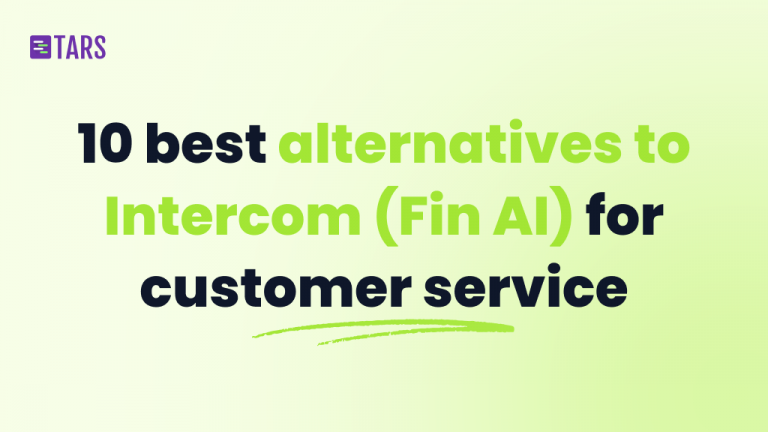
10 best alternatives to Intercom (Fin AI) for AI-powered customer service [2025]
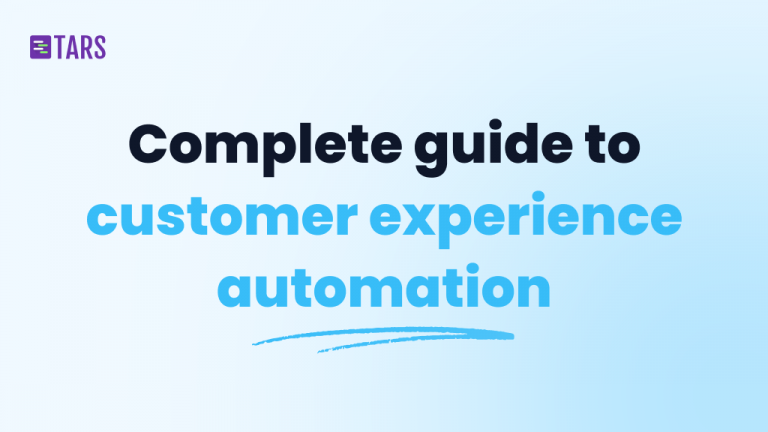
Customer experience automation: The complete guide to CXA in 2025
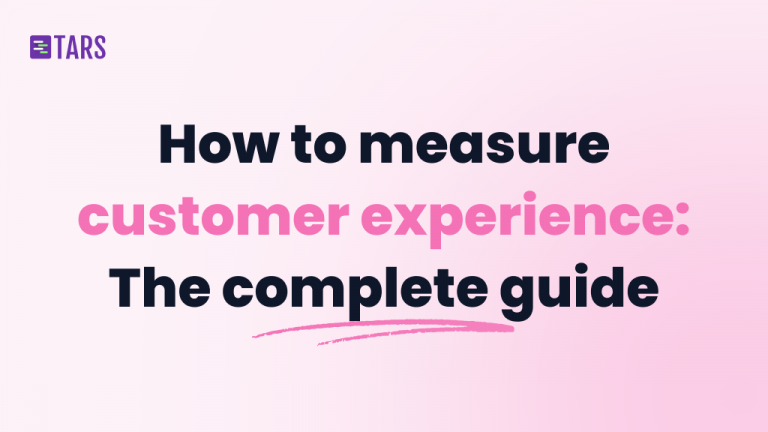
How to measure customer experience: The complete guide for AI-powered support and growth

Our journey in a few numbers
With Tars you can build Conversational AI Agents that truly understand your needs and create intelligent conversations.
years in the conversational AI space
global brands have worked with us
customer conversations automated
countries with deployed AI Agents